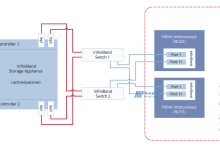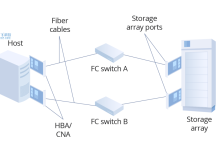The cdecl calling convention is a set of conventions that dictate how the procedure call takes place in linux. It is used by many applications and is the default calling convention in some architectures, so it’s important to understand how it works. In this article, we’ll take a look at what the cdecl calling convention is and how it works in Linux.
The cdecl calling convention is a type of convention for calling a procedure in Linux. It is based on the C language and is used in modern architectures. It is the default calling convention for some architectures such as x86-64 and ARM. The cdecl calling convention is a static calling convention, which means that once the function is called, all the parameters and variables used for the procedure call remain on the stack. This makes code easier to read and debug.
The cdecl calling convention is based on the stack. When a procedure is called, the parameters are pushed onto the stack in order. Then, the return address is placed on the stack as well. The return address is a pointer to the function that will be executed once the procedure has finished, and is used to return the value to the calling function.
Once the return address is placed on the stack, the cdecl calling convention continues by executing instructions in the called procedure that remove the parameters and return address from the stack. When the procedure is finished, the return address is used to return the value to the calling function.
The cdecl calling convention is often used for system calls in Linux because of its simplicity. To make a system call, a program will push the required parameters onto the stack, then execute a system call instruction. The system call instruction will then access the parameters and call the appropriate system call function.
To better understand the cdecl calling convention, let’s take a look at an example. The following C code demonstrates how the cdecl calling convention works:
// Example C code
int add(int x, int y) {
return x + y;
}
int main() {
int a = 3;
int b = 5;
int result = add(a, b);
return 0;
}
When the main function is called, the values of a and b are pushed onto the stack, followed by the return address which is a pointer to the main function. Then, the add function is called and the parameters x and y are added to the stack. When the add function completes, the return address is used to return the result to the main function.
In summary, the cdecl calling convention is a type of procedure call convention used in Linux. It is based on the C language and is the default calling convention in some architectures, such as x86-64 and ARM. It is a static calling convention that uses the stack to push and pop parameters and the return address. Understanding the cdecl calling convention can help programmers better understand the inner workings of Linux, and help them write better code.

 国外主机测评 - 国外VPS,国外服务器,国外云服务器,测评及优惠码
国外主机测评 - 国外VPS,国外服务器,国外云服务器,测评及优惠码












